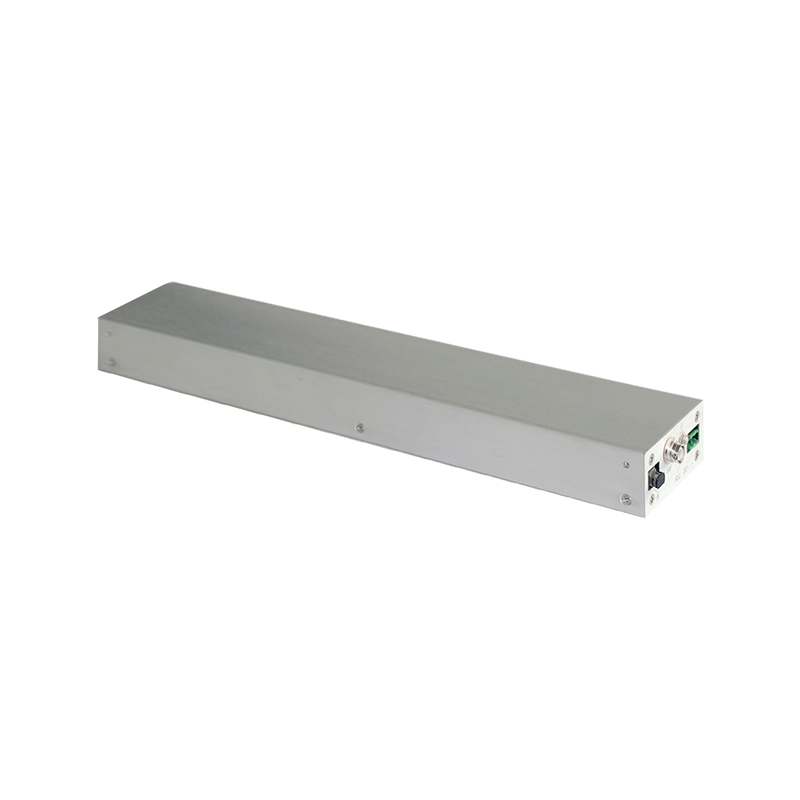High-voltage X-ray sources in spectrometers
Spectrometers are scientific instruments widely used to analyze the composition and properties of materials. They can be used to disperse light into its constituent spectra and use this information to obtain information about the material. High-voltage X-ray sources play a critical role in spectrometers, providing the necessary energy for the formation of spectral lines, making spectral analysis possible.
Principle of high-voltage X-ray sources
High-voltage X-ray sources are electronic devices that can produce high-energy X-rays. Their working principle is mainly involved in electron acceleration and energy conversion. Generally, a high-voltage X-ray source consists of an electron gun, a high-voltage accelerator, and a target.
Electron gun: The electron gun is a device that produces and accelerates an electron beam. It is typically composed of a hot cathode and an anode. Electrons are emitted from the hot cathode and accelerated by the electric field to form a high-speed electron beam.
High-voltage accelerator: The high-voltage accelerator is an electric field device that further accelerates the electron beam to give it enough energy. This usually involves creating a strong electric field in the path of the electron beam to accelerate the electrons.
Target: Once the electron beam has enough energy, it will collide with the target. This process causes the atoms in the target to be excited, releasing radiation such as X-rays or gamma rays.
Applications of high-voltage X-ray sources in spectrometers
The applications of high-voltage X-ray sources in spectrometers mainly involve X-ray spectrometers and gamma-ray spectrometers. These instruments use the way that high-energy radiation interacts with matter to analyze the composition and properties of matter.
X-ray spectrometers
X-ray spectrometers are widely used instruments for analyzing the elemental composition of samples. Their working principle is to use high-energy X-rays to interact with the sample, causing the atoms in the sample to emit X-rays of a specific energy. These X-rays are dispersed and detected by the spectral section of the X-ray spectrometer, from which information about the elements in the sample is obtained.
In X-ray spectrometers, high-voltage X-ray sources provide enough energy to excite the atoms in the sample, producing X-rays. The energy of the electron beam and the intensity of the electron beam are key factors in the performance of X-ray spectrometers. The high-voltage power supply must be able to provide a sufficiently high voltage and current to obtain the required X-ray intensity while maintaining sufficient stability.
X-ray spectrometers are widely used in materials analysis, drug development, mineral exploration, and environmental monitoring. It can detect light and heavy elements in samples, which is important in various applications.
Gamma-ray spectrometers
Gamma-ray spectrometers are instruments used to analyze radioactive isotopes. It uses high-energy gamma rays to interact with nuclear materials to obtain information about nuclear materials. Gamma-ray spectrometers are important in nuclear physics research, nuclear industry, radioactive isotope production, and medical radiation therapy.
In gamma-ray spectrometers, high-voltage X-ray sources provide enough energy to produce high-energy gamma rays. These gamma rays will interact with the nuclear material in the sample, producing characteristic energy spectra. By analyzing these energy spectra, the types and concentrations of radioactive isotopes in the sample can be determined.
Technical features of high-voltage X-ray sources
High-voltage X-ray sources used in spectrometers have the following technical features:
High energy output: High-voltage X-ray sources can provide high-energy electron beams, which can produce X-rays or gamma rays with sufficient energy to meet the requirements of different samples.
Stability: Spectrometers have high requirements for the stability of the power supply to ensure the accuracy of the measurement results. High-voltage X-ray sources must be able to maintain the stability of current and voltage.
Control accuracy: High-voltage X-ray sources typically have precise current and voltage control to meet the analysis needs of different samples.
Safety: Since the radiation generated by high-voltage X-ray sources can pose a hazard to personnel and the environment, appropriate radiation protection measures must be taken.
Applications of high-voltage X-ray sources in different fields
The applications of high-voltage X-ray sources in spectrometers cover multiple fields:
Materials science: X-ray spectrometers are used to analyze the crystal structure, elemental composition, and physical properties of materials, which helps in materials design and improvement.




















